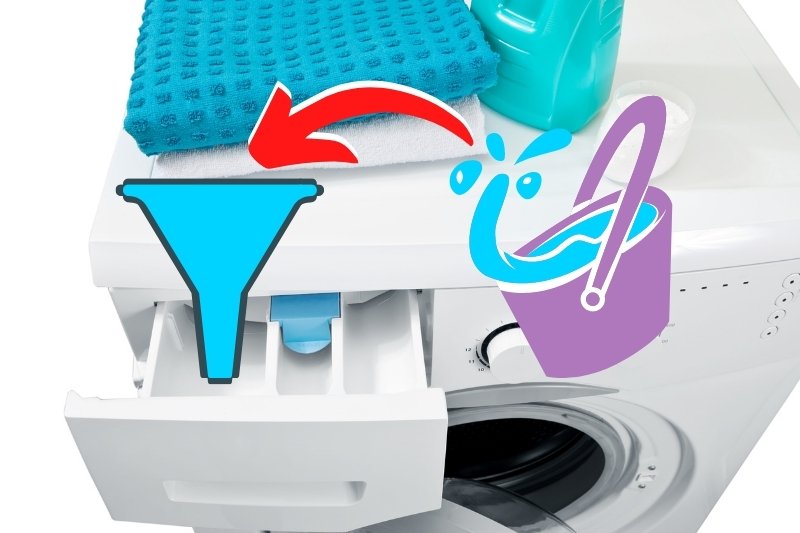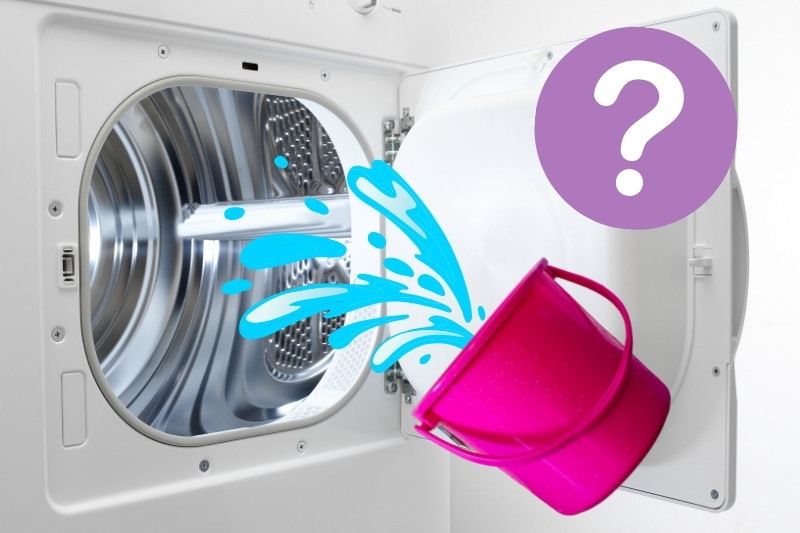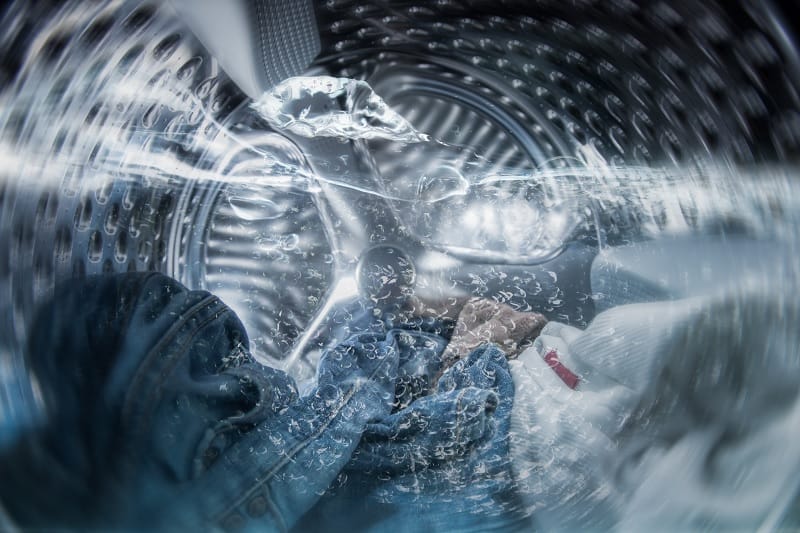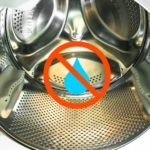Modern washing machines are designed to do it all for you. They are engineered to work super efficiently, without compromising on quality. This means that washing machines use as little water as possible, but still enough to clean your clothes thoroughly! Any excess water will be drained to prevent flooding.
If anything, adding extra water to your wash has potential to dilute the detergent concentration. On top of that, it reduces the effectiveness of the clothes rubbing against each other, or the drum.
If you have a modern washing machine and good water pressure, and still aren’t happy with the state of your clothes post wash – try these tips:
- Don’t overload your washing machine!
- Opt for the heavy-duty cycle
- Switch to a better laundry detergent
- Don’t go overboard with detergent – this should help to avoid greasiness
- Prevent extra dirt from getting into the drum by shaking your clothes pre wash (do this if they’re particularly muddy – don’t bother if it’s just a general wash)
- Treat tough stains with stain remover pre wash
However, having said all that, there is a time and a place to manually add water to your wash. Read on to find out!
When to Add Water Manually

Low water pressure negatively impacts the function of fully automatic washing machines, as they are reliant on having constant water pressure to complete the wash cycle.
In some areas, the water pressure is too weak and that’s when it’s time to give your machine a helping hand by manually adding water to your wash. Sounds complicated—it’s not! Follow these simple steps and not even low water pressure will stop your clothes from coming out of the wash as good as new!
Firstly, how does it all work? In order to fill your washer manually, it’s important to understand what an automatic cycle is.
Your washing machine is a lot smarter than you think. After filling it with whatever dirty laundry you have, it detects the weight of the wash and calculates how much water is required to do the job. From there, the tap will run until the water level sensor signals for it to turn off. Then it’s wash, drain, rinse, dry!
However, when the water pressure is too low, the sensors detect a fault and show an error code on the display function, meaning that the wash is stopped in its tracks! Don’t worry though, here is where you come in!
How Can You Add Water to Your Washing Machine Manually?

Step 1
Load your washing and detergent into the drum and choose your preferred washing cycle, as you usually would. Start the wash but press pause straight away (this means that the washing machine is able to calculate how much water is required)!
Step 2
Now it’s time to fill the drum with water. The easiest way to do this is to create a mini funnel into the drawer compartment – you can do this by cutting a hole in the bottom of a plastic cup (around the same size as a toilet roll tube).
Steadily pour until the water level is high enough for the sensor to detect and resume the cycle (you might have to do this via trial and error the first couple of times!).
Once you’ve finished filling the drum, resume the cycle. Remember not to get any of the electronics wet (which is why it’s best to use a funnel)!
Step 3
Depending on your washer, some models will drain the water straight away after the washing cycle is complete, whilst others will display an error code.
If the water drains immediately, ensure to hang fire until all of the water has drained from the drum and move onto step 4. If an error code flashes up on your washer, cancel the wash once the beeping has stopped and set the wash to spin cycle.
This will allow the washing machine to drain the water. Then you can either wait until the end of the spin cycle or cancel it.
Step 4
Time to rinse your clothes! Manually fill the drawer with water again using the same filtering technique as before and set it to a shorter washing course and repeat as many times as you like (or just the once!). And you can drain the water using the information in step 3. Finish this step by cancelling the cycle.
Step 5
Last one, finally it’s time to spin dry! After you’ve completed step 4, set your washing machine to a spinning course. A nice and simple last step, thankfully, to finish off a very annoying job!
Conclusion
So that’s it—you’ve managed to manually fill your washing machine with water. It can be done, but let’s be honest, it’s a right faff and more of a temporary fix!
After all, modern washing machines are designed to work automatically, so that you can get on with your day and not have to worry about being on hand to provide assistance!
The best solution is to invest in a machine that still manages to function even with low water pressure, or to come up with a solution to increase the water pressure in the first place!

Hi, I’m Bron. I’m an elite endurance athlete, love the outdoors and anything involving food! All of which have the potential to make a mess! I don’t have a huge concentration span (and like to use the excuse of being too busy), so go for quick and easy cleaning methods where possible!






